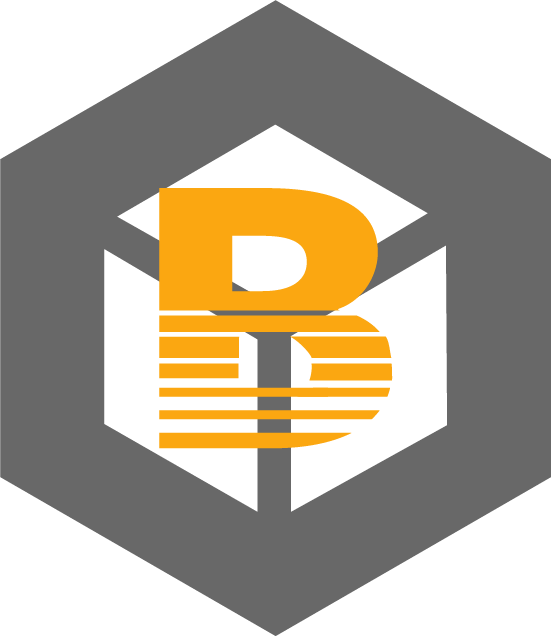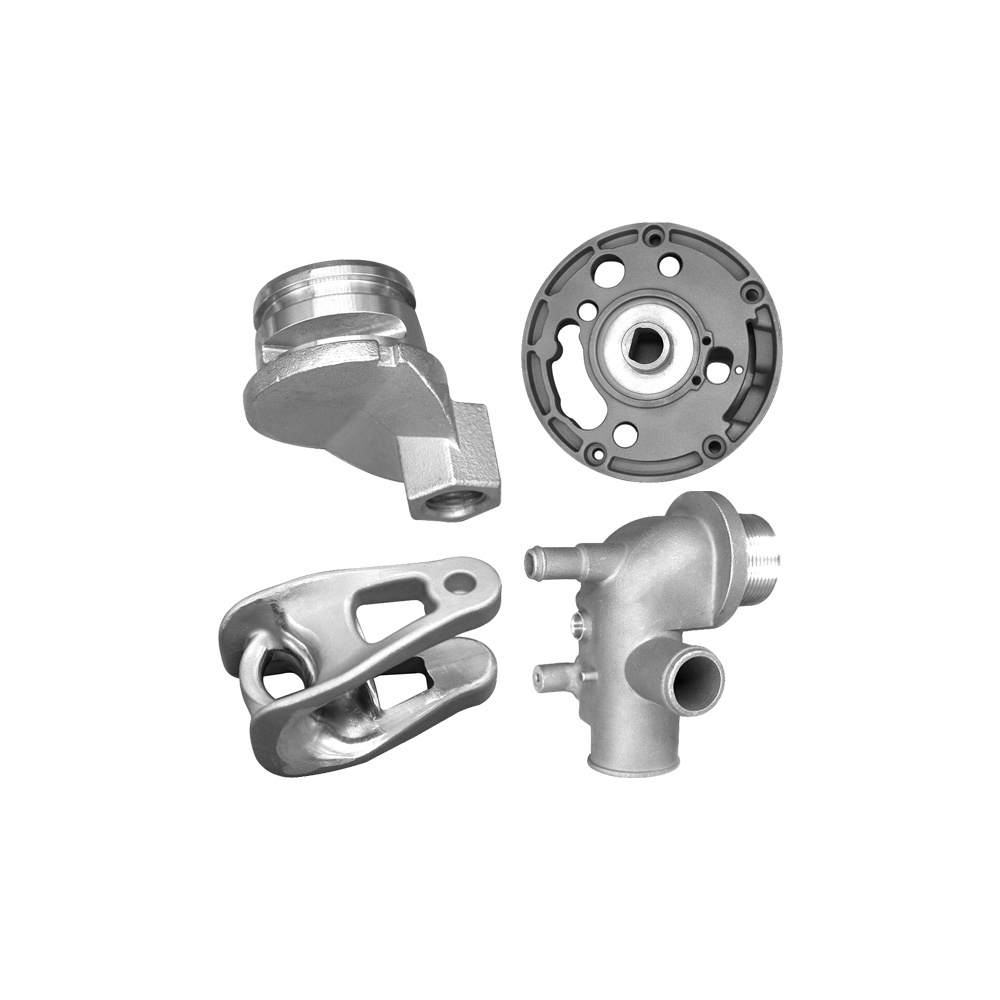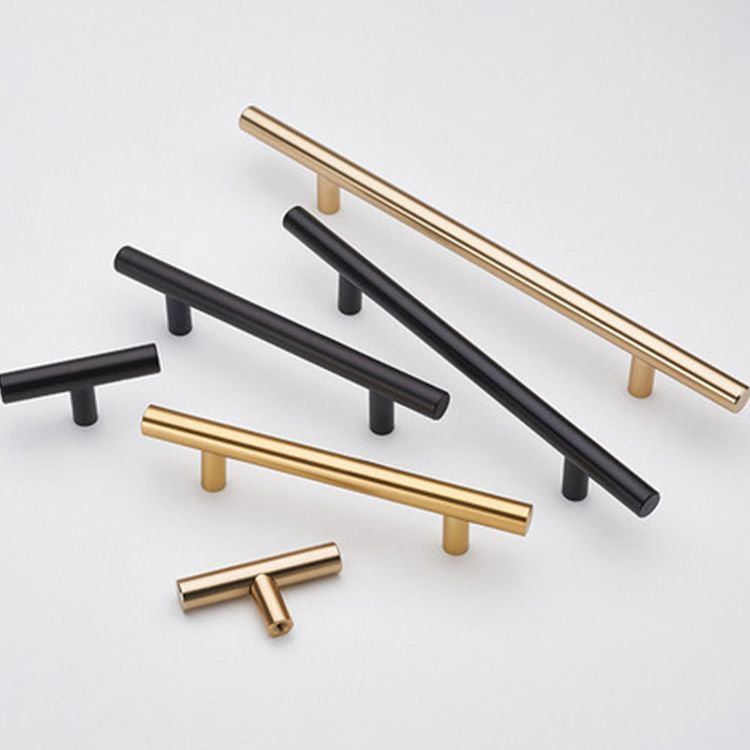 Esperanto
Esperanto
 Shqiptare
Shqiptare
 Euskara
Euskara
 Zulu
Zulu
 Latinus
Latinus
 Cymraeg
Cymraeg
 தமிழ்
தமிழ்
 Slovak
Slovak
 Slovak
Slovak
 Afrikaans
Afrikaans
Understanding CNC Turning and Milling Parts: A Comprehensive Guide for Professionals
Release time:
2025-06-28
Source:
CNC turning involves rotating a workpiece on a spindle while a cutting tool removes material to achieve the desired shape. This method excels in producing cylindrical parts with intricate features such as grooves, threads, and diameters that require high precision. The ability to automate these processes not only ensures consistency but also significantly reduces the time taken to produce each part, thereby enhancing overall productivity.
Conversely, CNC milling employs a rotating cutting tool to remove material from a stationary workpiece. This technique can create a wide variety of shapes, including flat surfaces, complex contours, and even pockets. The versatility of CNC milling makes it suitable for producing complex geometries that turning alone cannot achieve. Additionally, CNC machines can operate in multiple axes, allowing for three-dimensional machining that is critical in modern manufacturing.
Integrating CNC turning and milling parts into your production line offers a multitude of benefits. Firstly, it promotes precision; CNC machines operate based on programmed specifications, ensuring that every piece produced meets stringent quality standards. Secondly, these processes are highly adaptable, accommodating a range of materials, including metals, plastics, and composites, which broadens the potential applications.
Moreover, the use of CNC technology enables greater efficiency. Automated systems reduce the risk of human error, lower material waste, and allow for rapid prototyping, which can be a game-changer for businesses looking to innovate quickly. With the ability to run jobs continuously, manufacturers can meet high demand without compromising quality.
In summary, understanding CNC turning and milling parts is essential for professionals in the manufacturing and machining industries. These processes not only enhance production capabilities but also improve the quality and precision of the final products. By investing in CNC technology, businesses can stay competitive and responsive to market demands, ultimately leading to growth and success in their respective fields. Whether you are looking to streamline your operations or expand your capabilities, CNC turning and milling are fundamental processes that can propel your manufacturing efforts to the next level.
CNC Turning & Milling Part
Related News
2025-12-14 12:00
Understanding CNC Turning and Milling Parts: A Comprehensive Guide for Precision Manufacturing
CNC (Computer Numerical Control) turning and milling are essential processes in the realm of precision manufacturing. These techniques are widely employed in the machining industry for producing intricate components that meet strict tolerances and specifications. Understanding the fundamentals of CNC turning and milling parts can enhance your knowledge of how these processes contribute to quality
2025-12-09 12:10
A Comprehensive Guide to Household Appliances Maintenance: Keep Your Home Running Smoothly
A Comprehensive Guide to Household Appliances Maintenance Household appliances are the backbone of modern living, providing convenience and efficiency in our daily routines. However, just like any other mechanical devices, they require regular maintenance to function optimally. In this guide, we will explore various household appliances, their maintenance needs, and practical tips to extend their
Let’s Talk
We can help you figure out your needs.




